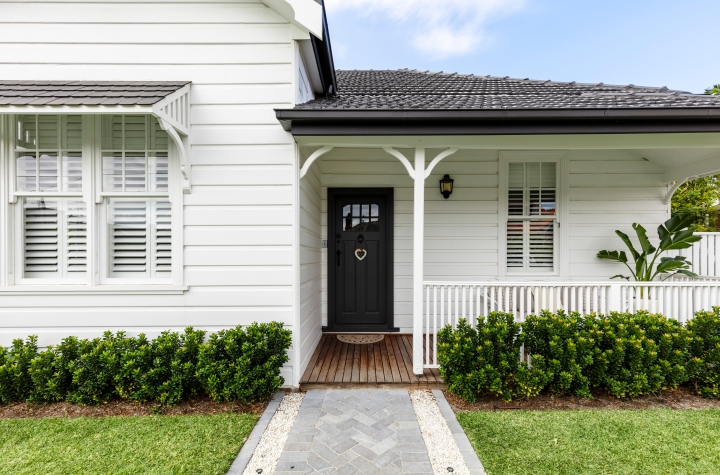As the national housing shortage worsens, and buying or renting an affordable place to live in the Upper Valley becomes increasingly difficult, the Dartmouth Center for Social Impact has been taking aim at the problem with an immersive, noncredit course that runs from midfall through spring term.
Foundations in Social Impact partnered with the Upper Valley Lake Sunapee Regional Planning Commission in New Hampshire, the Two Rivers-Ottauquechee and Mount Ascutney regional commissions in Vermont, and the nonprofit Vital Communities to explore solutions to the regional housing crisis.
“The magic of this project is twofold,” says DCSI director Tracy Dustin-Eichler. “First, our students and the community partners come together to create possible solutions for our region’s housing crisis. In addition, this group of first-years have learned about—and deeply connected with—this place, not just as Dartmouth students, but as active members of the broader Upper Valley community. This project creates solutions and it also creates community.”
A “Keys to the Valley” study released by the groups last year found that the Upper Valley needs 10,000 more units by 2030 to meet the increasing demand for housing.
One community-based approach to the lack of affordable housing is to convince homeowners to produce and rent out accessory dwelling units on their properties. Working in teams, 35 DCSI students developed sets of best practices and guidelines focusing on the social, financial, and behavioral benefits that ADUs—small apartments that owners of single-family homes add to their sites—would bring to Upper Valley residents.
For Prescott Herzog ’25, the fieldwork hit home. He lives on campus but his family lives in Claremont, N.H.
“So it was super cool to look at it from an overarching perspective, seeing things that are impacting not only the town that I go to college in, but the community that I call home,” says Herzog.
His team conducted one-on-one interviews about housing with Upper Valley residents—among 300 who had responded to another team’s Facebook survey on the issue.
“A lot of what we were hearing about were the benefits of having an ADU as a long-term rental as opposed to, say, a short-term Airbnb. Sure, you’re going to make more money if you price-gouge during the winters when skiers come in. Still, people really liked the community aspect of an ADU.”
But there are also financial and regulatory barriers to creating ADUs, says Sanjana Raj ’25, who is from Charlotte, N.C.
“In terms of making it a really comprehensive solution, those people need to have the resources and the time to really dedicate to building an ADU,” she says. “And there’s not really a good incentive for them to make it low-income or accessible housing. It makes a lot more sense for them to make the most profit they can because they invested their own resources into it, and they have no reason to do anything else.”
That’s why, Raj says, her team also looked at more systemic changes in the way residential space is developed and financed.
“There’s this huge issue of not just low-income, but middle-income people who can’t afford to live here, and they don’t have access to subsidized housing. So how can we create more mixed-income housing communities? Or resident-owned communities, like mobile home parks that are actually owned by the people in them, who have a share of the land that they live on, where they can create communities that don’t have unfair evictions and have more fair housing policies?”
Big questions like that are worth asking, even if the answers may be elusive, says Kevin Geiger, who, as director of planning of Two Rivers-Ottauquechee Regional Commission, watched the students’ final presentations on May 31.
“This is not just an Upper Valley crunch, it’s a national crisis, because the average sale price for a home has been separated from the average income of a family, and that spread is just getting bigger and bigger,” Geiger says. “It’s a deep set of issues, whether housing should be treated as an investment, whether people should even be able to make money on it, or whether it should become a public product designed for the public good.”
“I think what the students learned is that there are no easy answers. But they also learned that stable, affordable housing produces other social goods,” Geiger adds. “You get foot traffic in town, and employees, and discretionary income.”
Geiger says he enjoyed helping the DCSI students define a pressing problem and research viable solutions.
“They’d email or call with questions, and we’d send them various resources,” he says. “In the big picture, I’d love to keep working with Dartmouth on these issues.”
For Herzog and Raj, gathering perceptions about how to increase affordable housing in the Upper Valley was eye-opening.
“Learning about teamwork was also really important,” says Raj. “We had this big group that was split into four different teams and every team produced something really different and every team worked together in its own way, thinking about social impact in the future—how you fit into that puzzle and how your own skills and your own ways of relating to other people show your strengths and weaknesses, moving forward.”

